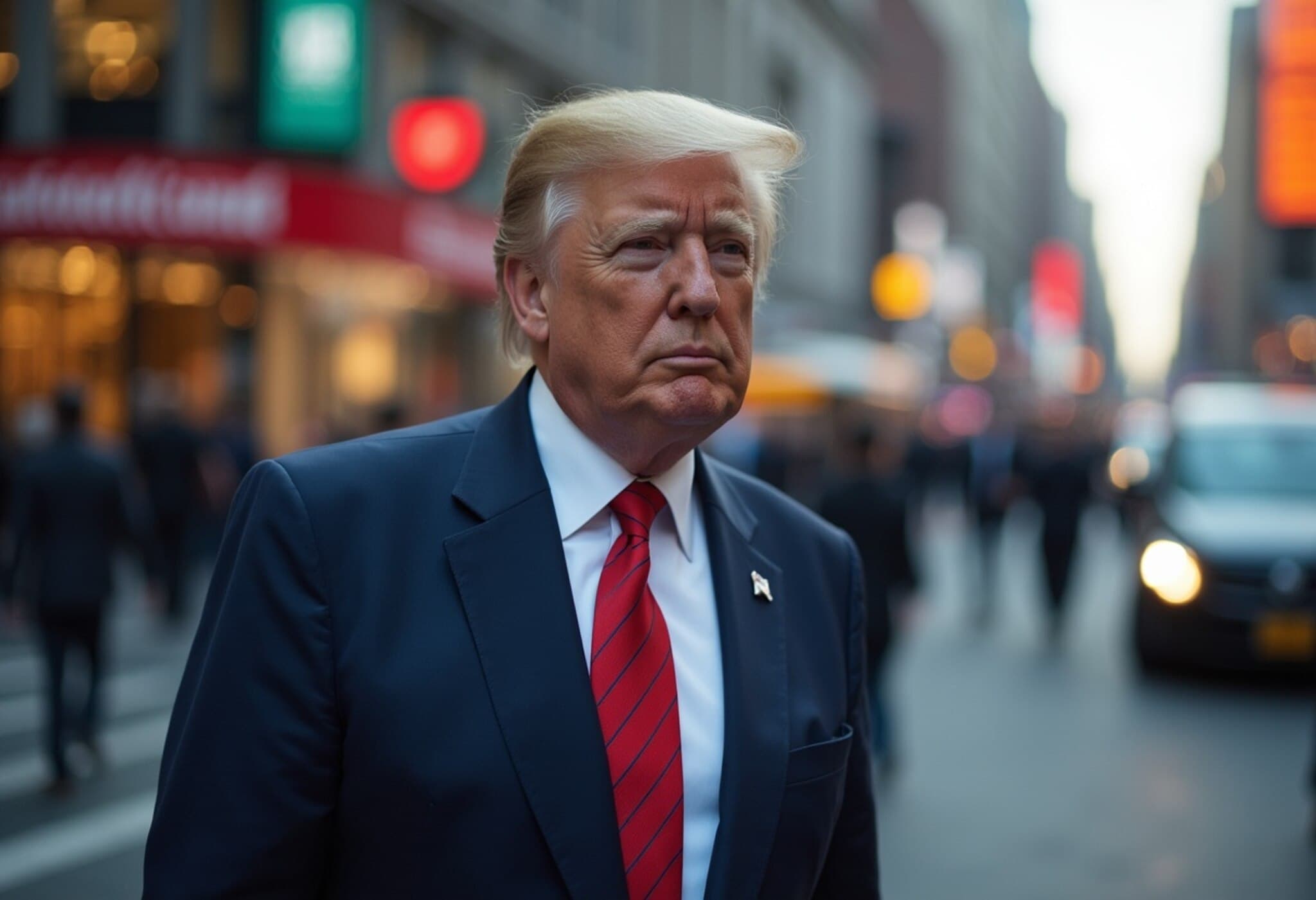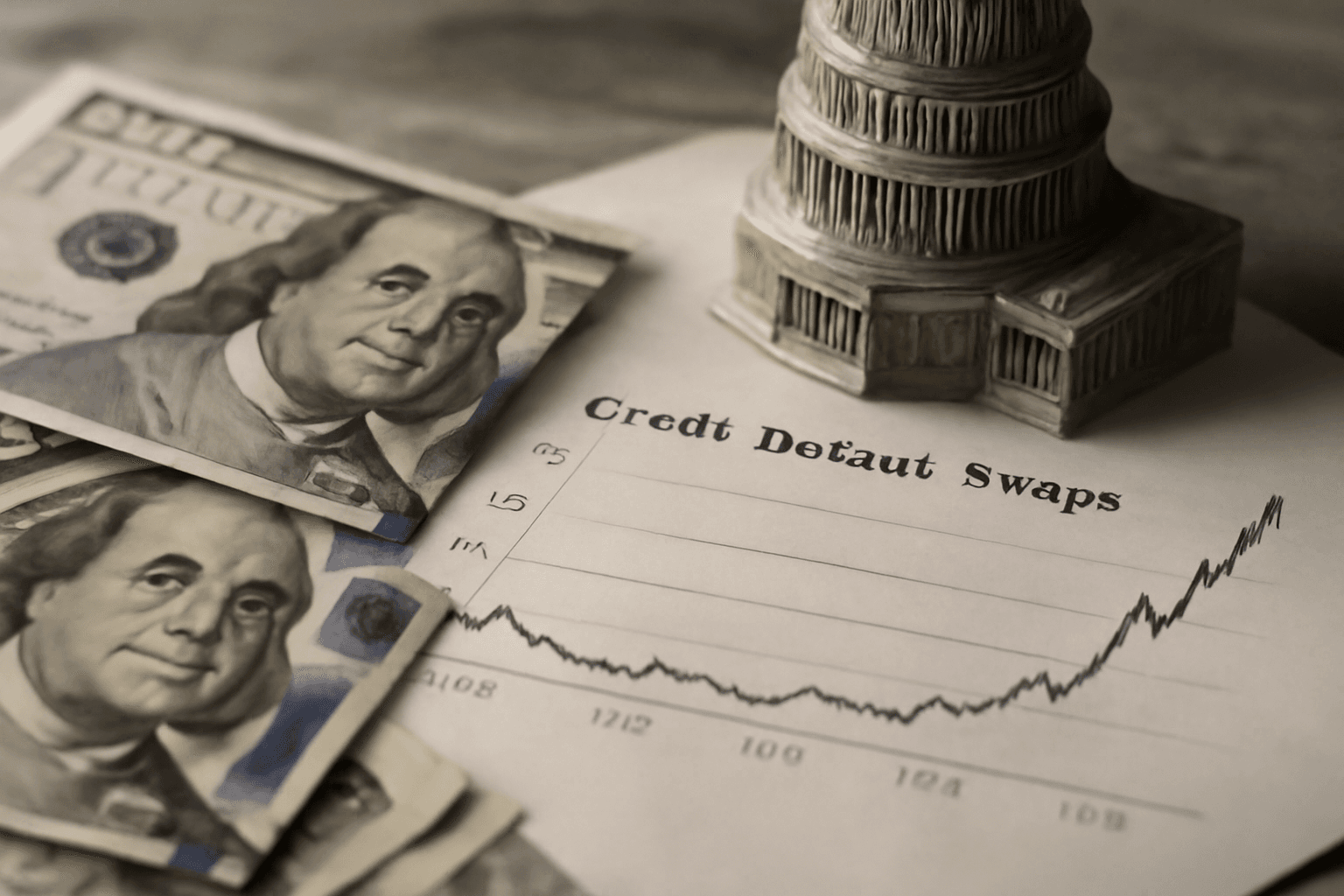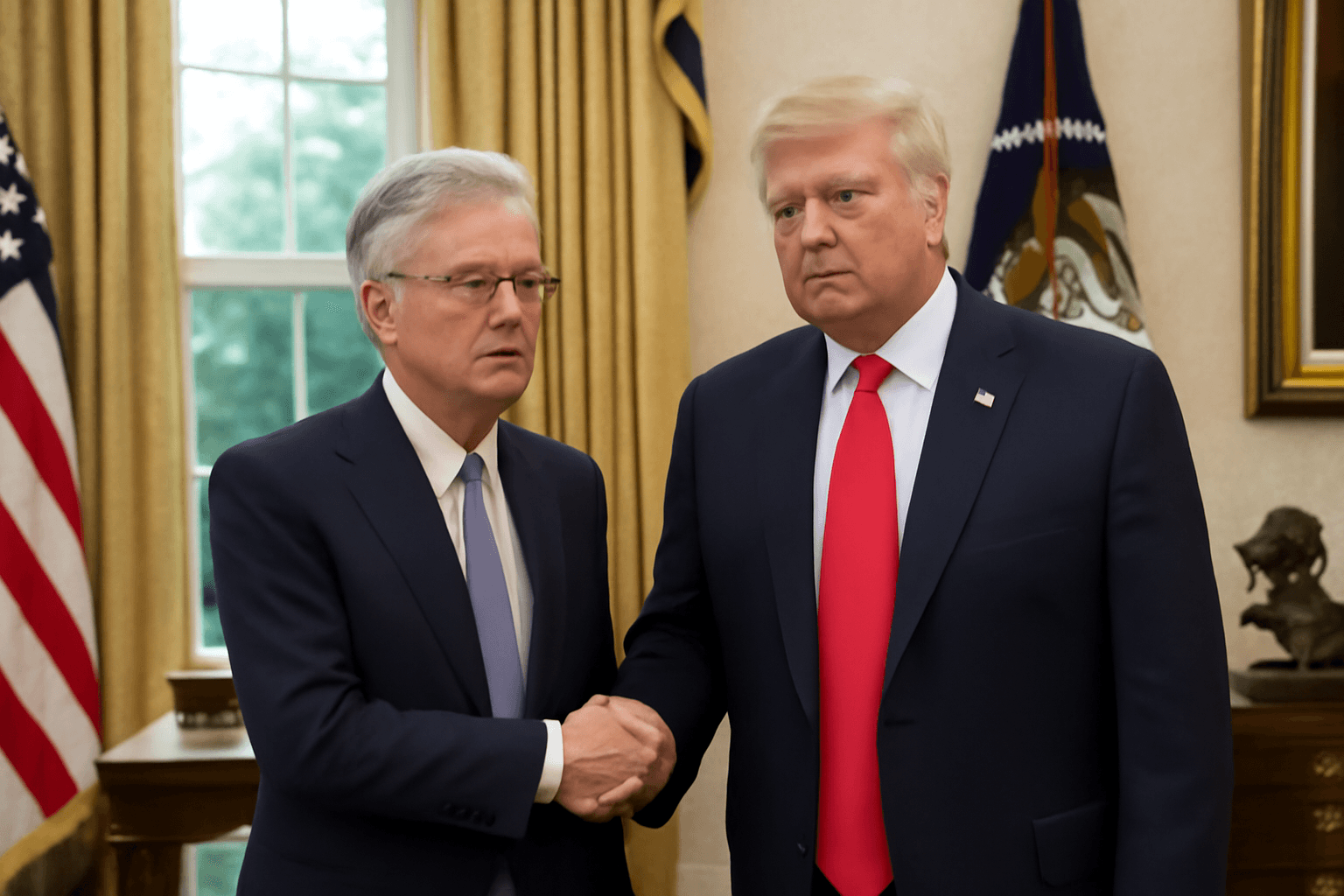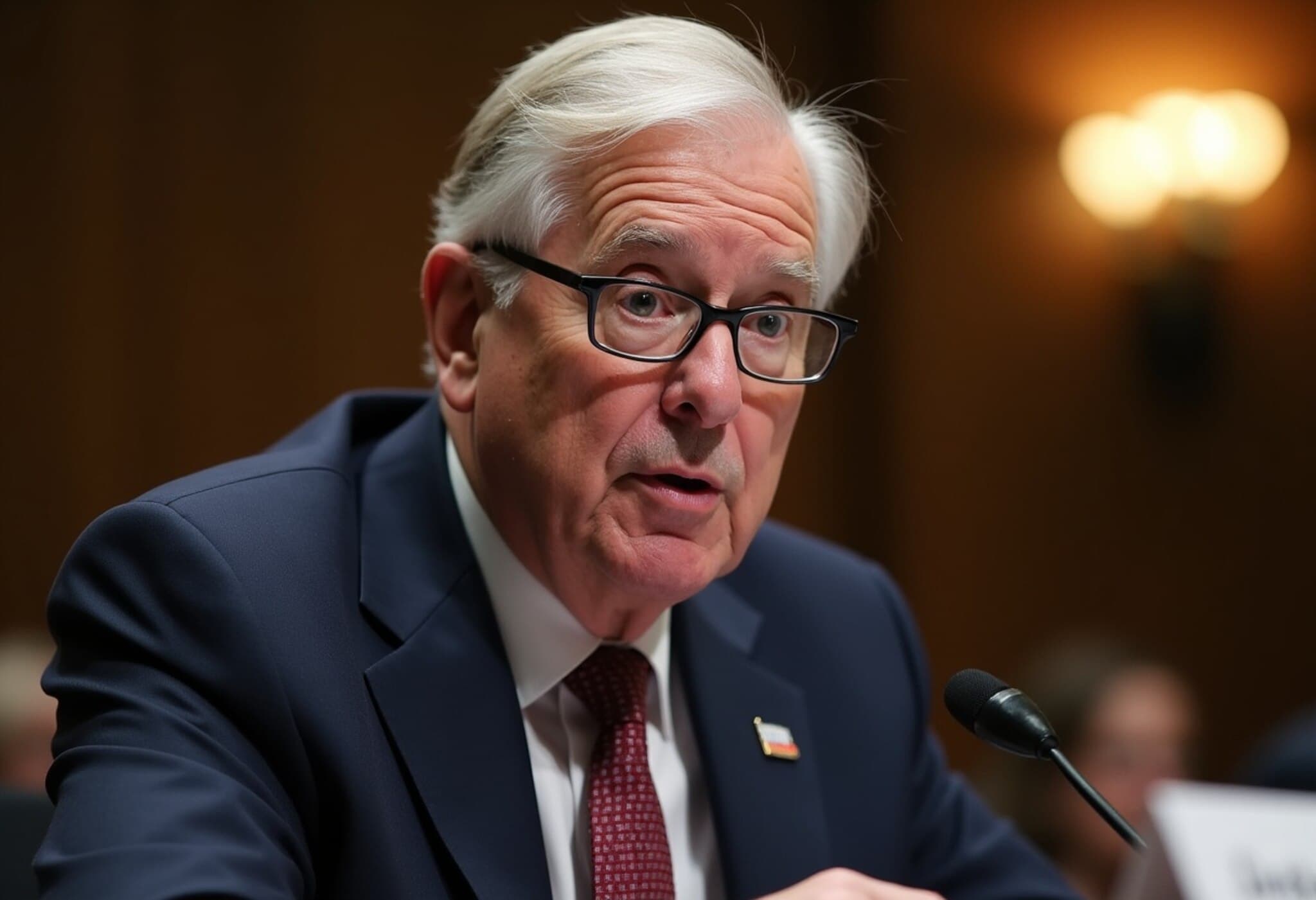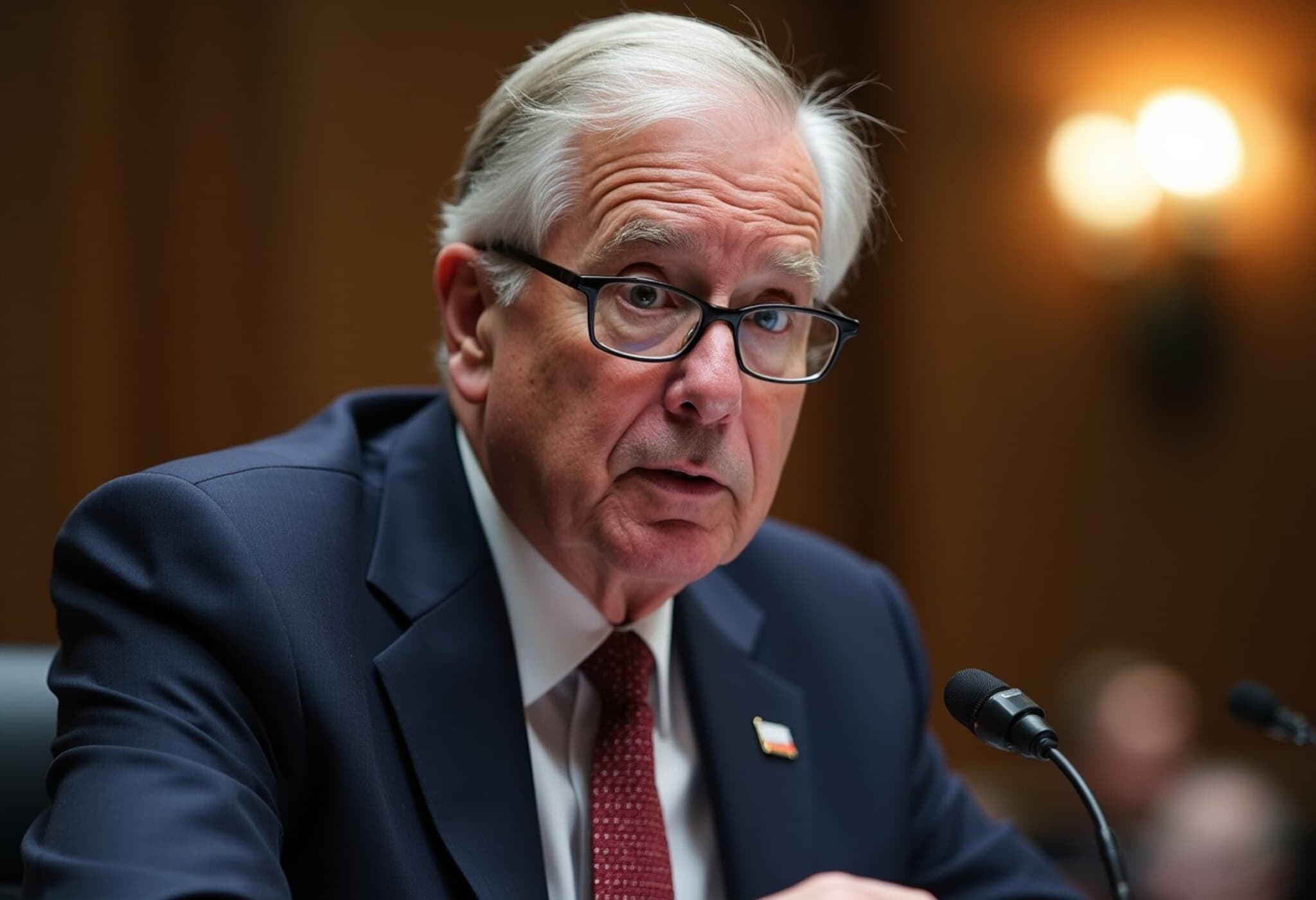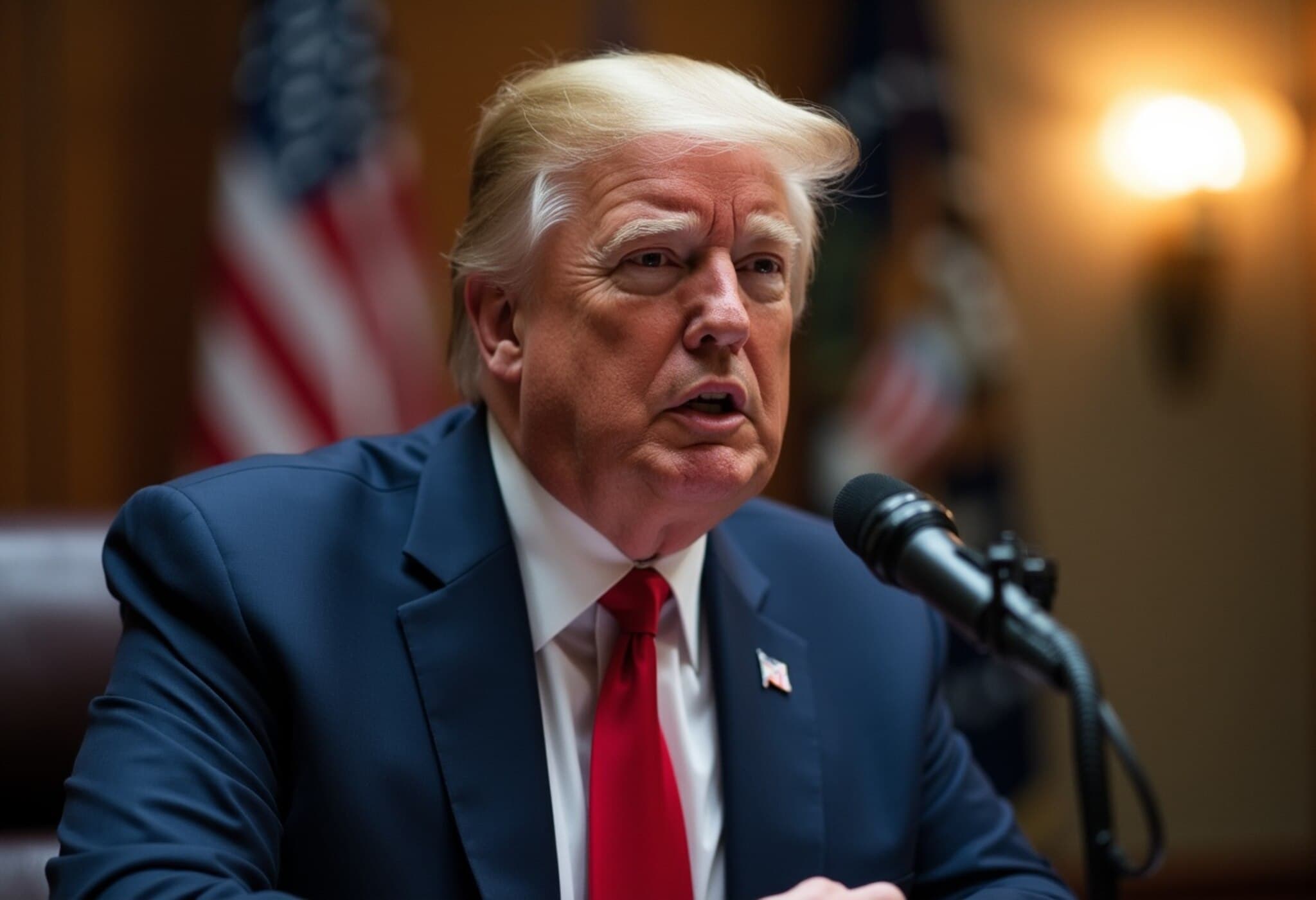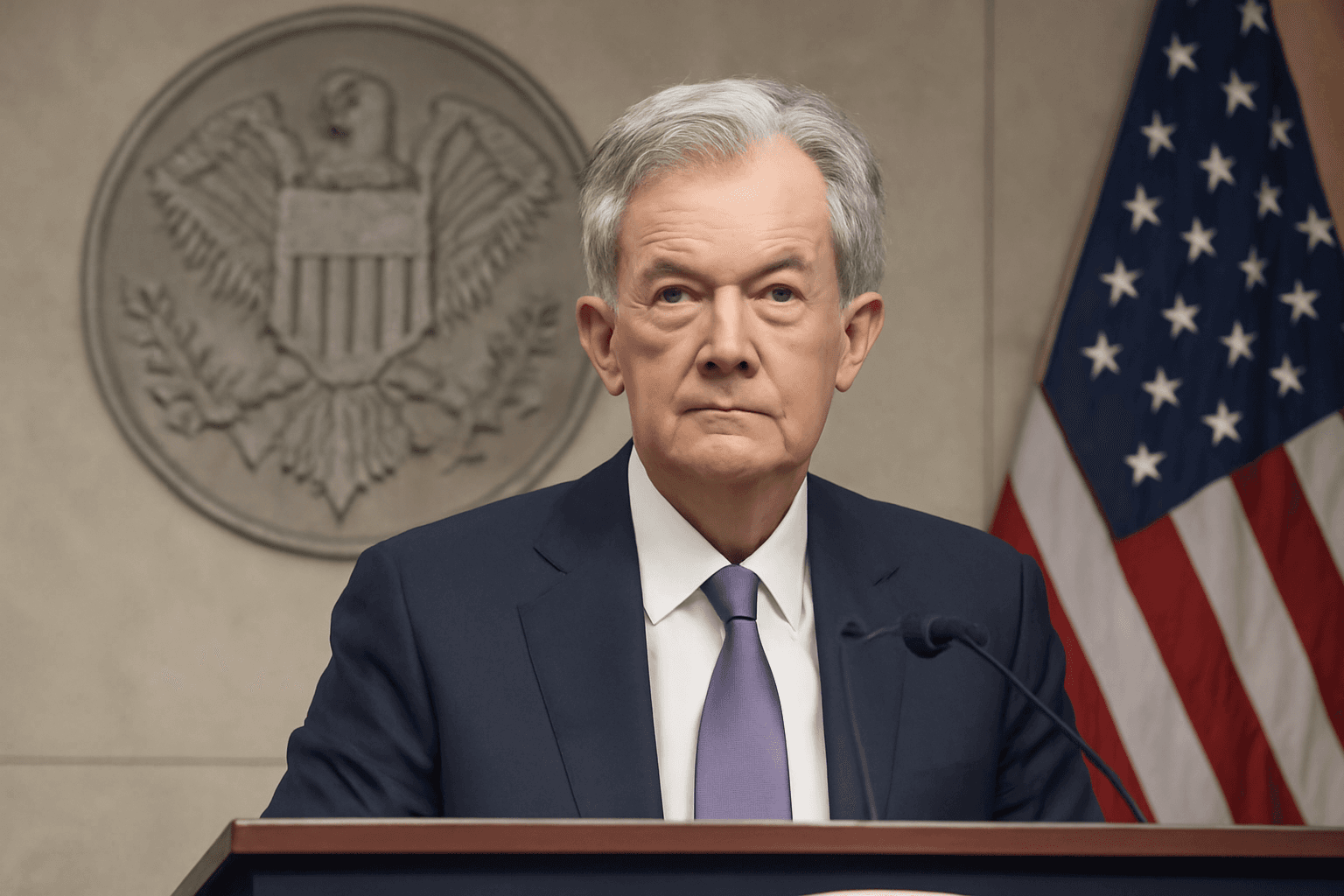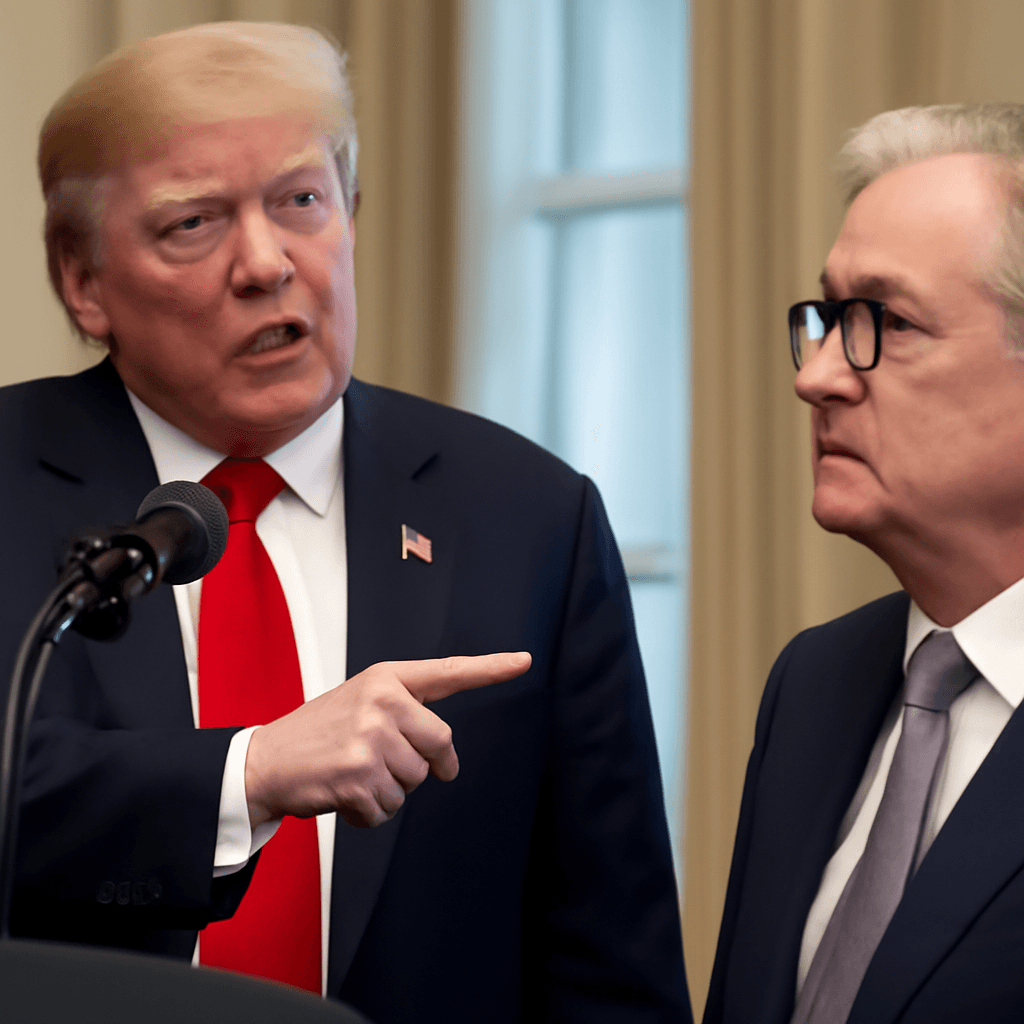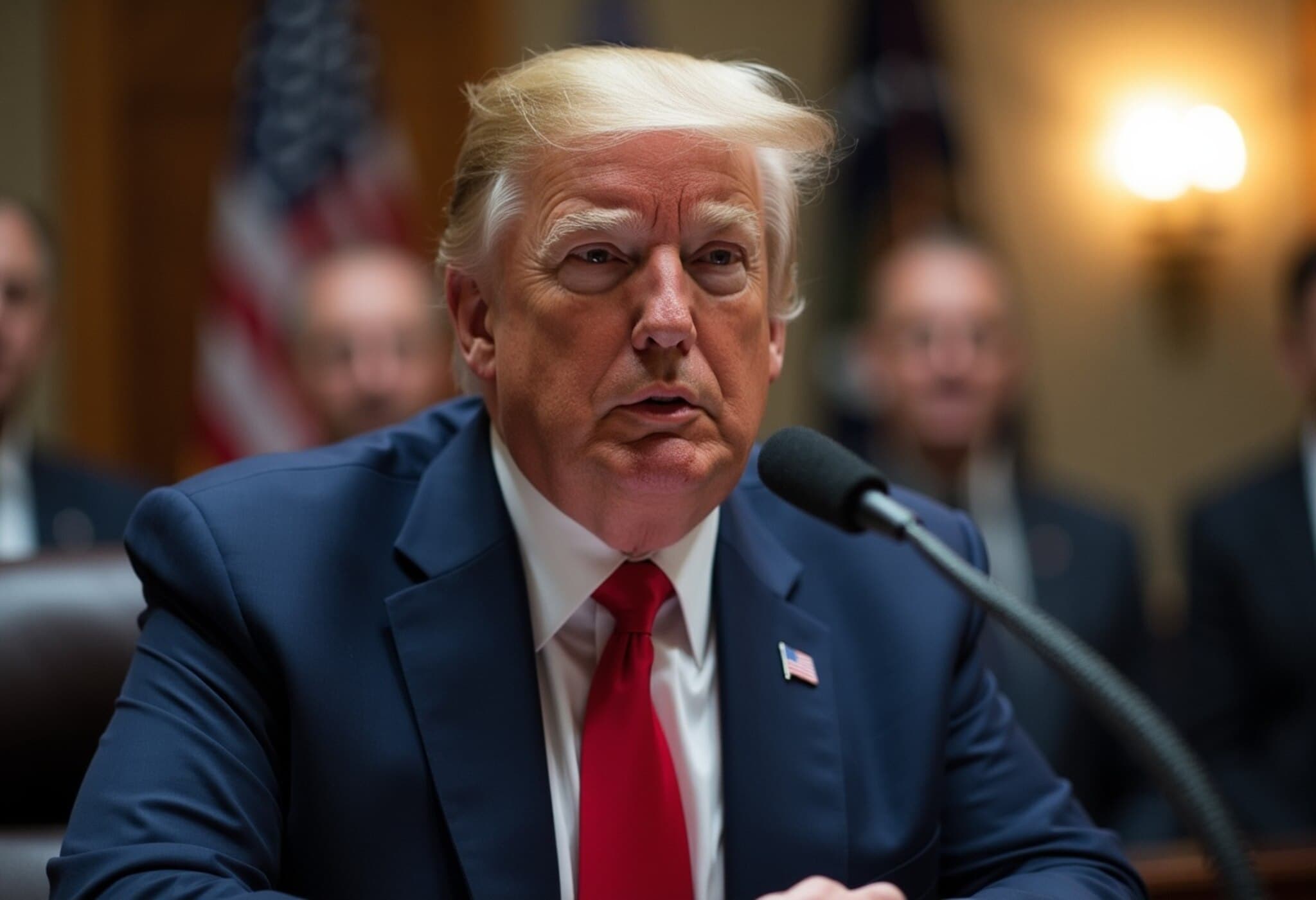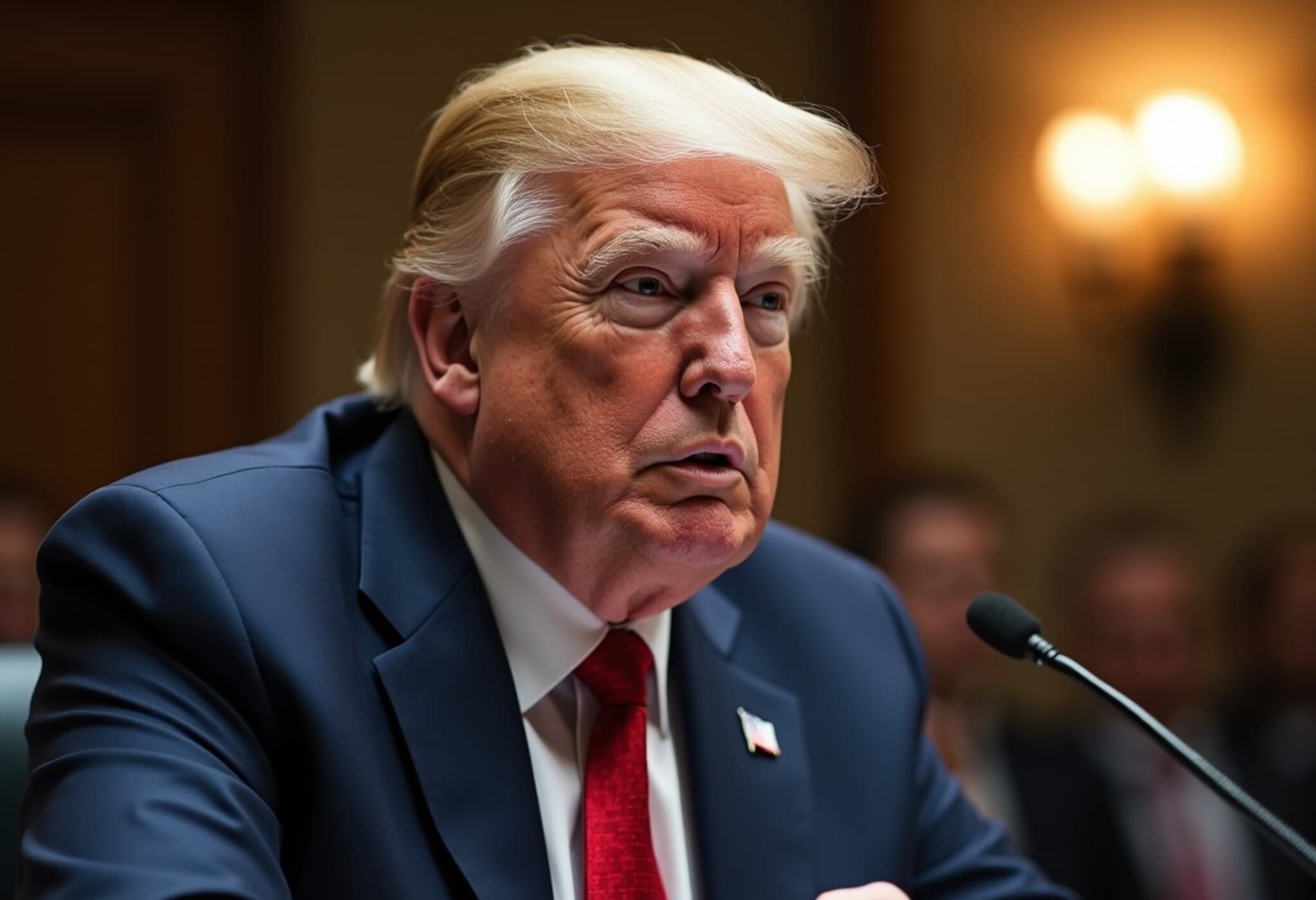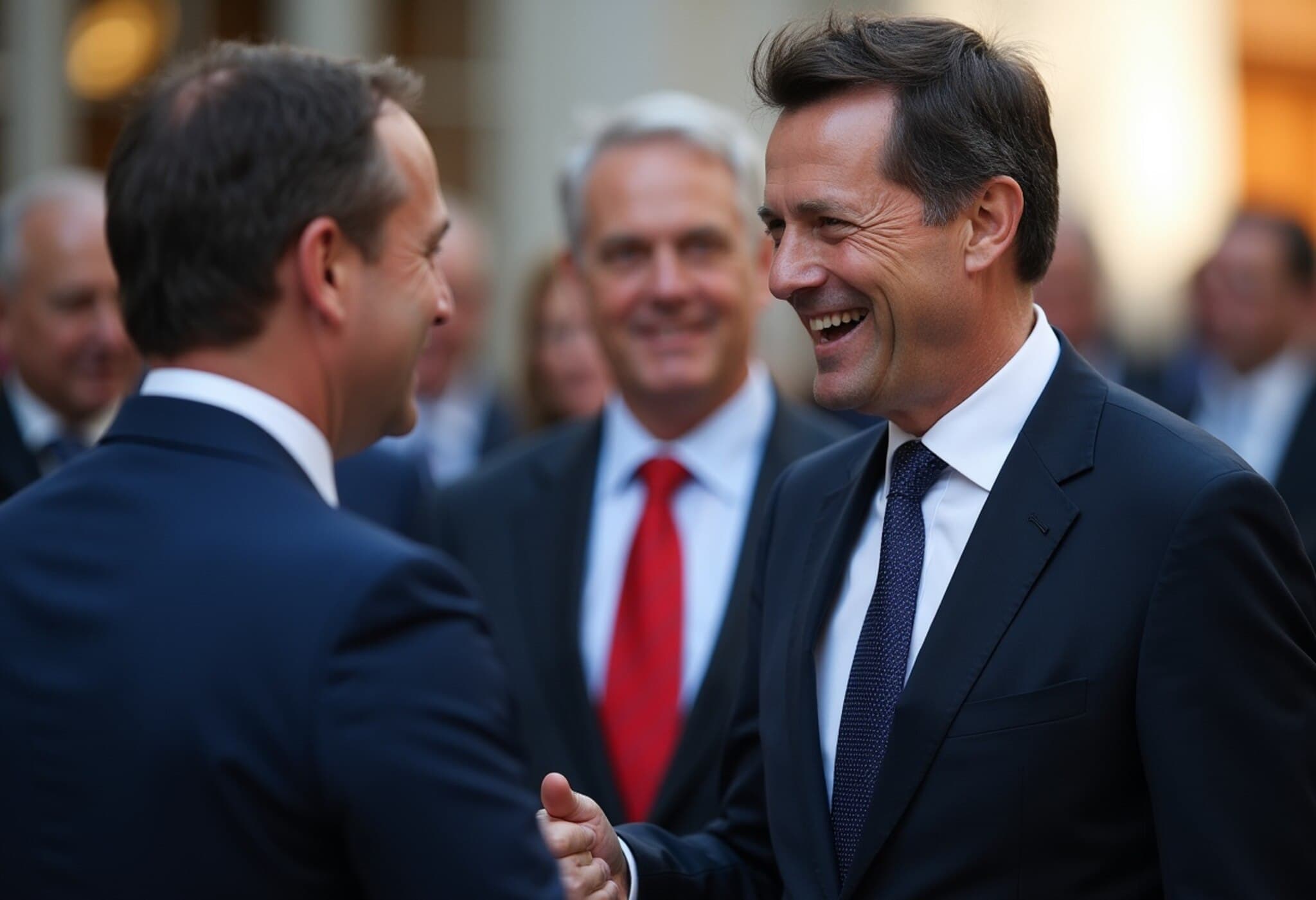US Dollar Dips to Fresh Lows Amid Growing Market Uncertainty
The US dollar sank to its lowest level against the euro in over three and a half years, sliding to 97.491 on the dollar index. Investor confidence is being shaken as concerns grow over the Federal Reserve's independence and the economic fallout from escalating trade policies.
Fed Chair Replacement Speculation Adds to Market Jitters
Whispers that the White House might replace Federal Reserve Chair Jerome Powell as early as September or October have rattled markets. The move, perceived as politically motivated, is viewed as a potential threat to the Fed’s credibility and autonomy. Market experts caution that such a decision could lead to a fundamental reassessment of US monetary policy and currency positioning.
Donald Trump publicly criticized Powell for not cutting interest rates more aggressively, intensifying fears over political interference in the Fed’s policymaking during a time when trade tensions add pressure to inflation dynamics.
Rising Odds of Fed Rate Cuts Fuel Dollar Weakness
Reflecting these developments, markets have increased the probability of a rate cut at the Federal Reserve’s July meeting to 25%, up from 12% just a week ago. Overall, traders are pricing in about 64 basis points of rate reductions by the end of the year, higher than the previous expectation of 46 basis points.
Major Currencies Strengthen as Dollar Stumbles
The euro surged 0.2% to $1.1687, marking its highest point since October 2021. Next resistance targets lie at $1.1692 and $1.1909. Similarly, the British pound climbed 0.2% to $1.3690, reaching levels not seen since January 2022.
The US dollar also touched historic lows against other safe-haven currencies. It slid to 0.8033 against the Swiss franc, a level unseen since 2011, while the franc hit a record peak against the Japanese yen near 180.55. The dollar declined 0.2% to 144.89 yen.
Trade Tariffs Weigh Heavily on Growth Outlook
Adding to the uncertainty, JPMorgan analysts have issued a stark warning about the economic impact of ongoing tariffs. The bank forecasts that tariffs will slow US growth and fuel inflation, pushing the chance of a recession to 40%. Rising tariff rates are expected to further pressure economic performance, signaling the end of the US’s phase of exceptional economic strength.
Euro Gains as Investors Eye European Investment Surge
European currencies, especially the euro, are benefiting from this shift. Investors are optimistic that large-scale investments in defense and infrastructure across Europe will spark sustained economic growth, further boosting confidence in the euro as a reserve and safe-haven currency.
As the dollar grapples with political uncertainty and economic headwinds, markets remain watchful of Federal Reserve decisions and trade policy developments that could reshape the global currency landscape.

